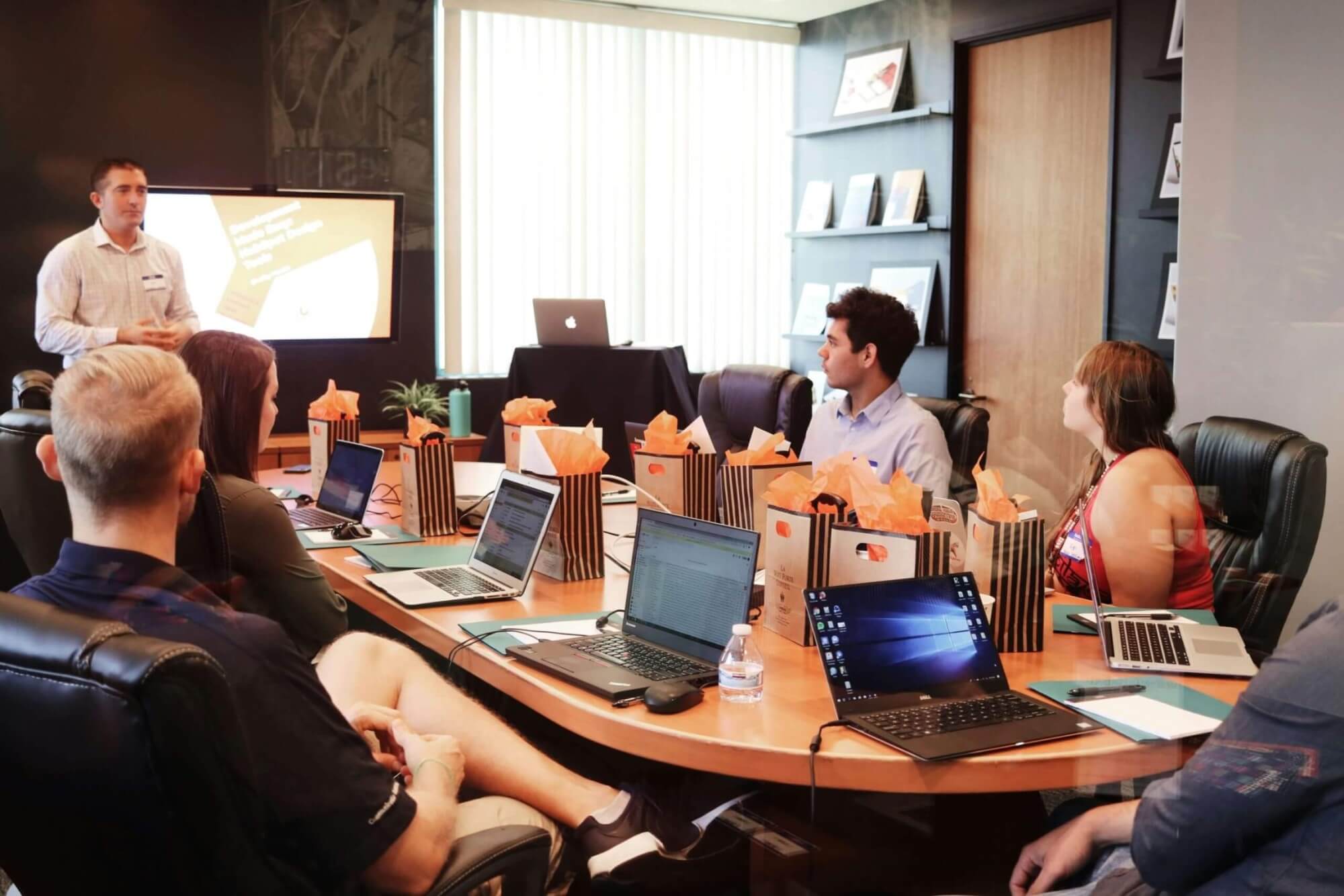Part 1 - Setting the Stage for Software Migration.
Given that software migrations in the fleet industry have become a rather common occurrence in recent times, I thought it might be timely to share a few of my learnings gathered over the years. The reputation for IT projects to ‘go wrong’ seems unlikely to abate anytime soon (Project Failure Rates), but there are many proactive practices and processes which can be implemented to avoid being on the wrong side of the statistics.
Having led or participated in many projects in this space, whether they be a multimillion-dollar initiative or a more modest endeavour, the same principles apply, I don’t profess to have gotten all this right during my time and continue to mature and evolve with each project, but I have learnt a great deal over my nearly 30-year long journey as a technology professional.
The following 6 tips are designed to assist in the assessment phase, ensuring a comprehensive understanding of the intricate nature of these projects.
-
- People - before you venture down the path of commencing a migration exercise, whether that be onto a new platform or an existing one, choose your team wisely, I cannot even count the number of times we averted a crisis because we had someone on the team who stepped in and found a way out of it. This is the time to bring the best people off the bench and into the team – tech and non tech, throw your best guns at this or at least have them standing by and ready to enter the fray should they be needed. Now is not the time for anyone to be precious about who is made available to work on the project.
- Processes – having inefficient or sub-optimal processes in place will unlikely get better just because a new piece of software is being implemented, review your processes in advance and determine whether you will adopt the process dictated by the software or whether the software will be customised to meet the required process, the tail shouldn’t wag the dog here, if the objective of the project is to maximise process efficiency then understand how that will happen in advance of commencing, these things rarely happen by chance during the course of the project. If the view is that we ‘hope’ everything will work out, ‘hope’ is not generally a winning strategy. Remember: If it is a core process that is a differentiator you want to be better than your competitors and be seen as leading edge. If it is a supporting process, leverage industry best practices and standardise where possible.
- Systems – whilst you are ensuring you have the right people in place and a strategy for your business processes, choose the right software and vendor to suit your business needs, this should be both tangible and intangible i.e. the software does what you want it to do (noting that sometimes near enough is good enough), and the provider(s) are in cultural alignment with your business. Having a provider who has good software but a poor record of managing relationships does not bode well for success.
5.
-
- deprecation of a legacy platform
- an increase in revenue
- a decrease in costs
- the elimination of single points of failure
- a combination of all of that or a myriad of other objectives
Once you define your ‘north star’ stick to it and don’t deviate, regardless of what external or internal forces are trying to redefine the target. If the project steering committee hasn’t approved a change in the success criteria, don’t let it happen by stealth. This won’t always make you popular but will make you successful. You must always be focusing on the big picture and not the minor skirmishes which you may encounter along the way.
This article was crafted exclusively by human expertise, without the use of artificial intelligence.

Andy Graham
Andy Graham has been working in tech for 30 years, with nearly 25 of those as a senior technology leader for some of the most preeminent fleet management organisations in Australia, New Zealand, and the UK. Andy has led several multimillion-dollar technology projects whilst remaining ‘hands on’, excelling in pragmatic problem-solving and managing complex technical scenarios. As a strategic systems thinker, Andy has also led the design and development of industry-leading software solutions, constantly driving innovation and efficiency in product development.





